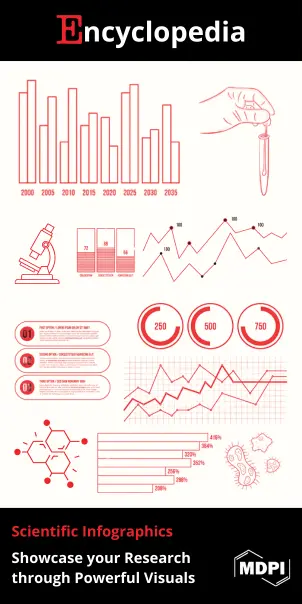
| Version | Summary | Created by | Modification | Content Size | Created at | Operation |
|---|---|---|---|---|---|---|
| 1 | Dean Liu | + 469 word(s) | 469 | 2020-12-15 07:57:58 |
Video Upload Options
KN motif and ankyrin repeat domains 2
1. Inroduction
The KANK2 gene provides instructions for making a protein called SRC-interacting protein (SIP). SIP regulates proteins called steroid receptor coactivators (SRCs), which play critical roles in turning on (activating) certain genes. Within cells, SIP attaches (binds) to SRCs in the fluid surrounding the nucleus (the cytoplasm). By holding SRCs in the cytoplasm, SIP prevents these proteins from entering the nucleus to activate genes. In this way, SIP helps to control gene activity.
SIP is found in many organs and tissues, including the skin and kidneys. Little is known about its specific roles in various parts of the body.
2. Health Conditions Related to Genetic Changes
2.1. Keratoderma with Woolly Hair
At least one mutation in the KANK2 gene has been found to cause a form of keratoderma with woolly hair classified as type IV. It is characterized by thick, calloused skin on the palms of the harmal fingernails and toenails. Unlike other forms of keratoderma with woolly hair, type IV does not appear to cause heart disease.
The identified mutation changes a single protein building block (amino acid) in SIP, replacing the amino acid alanine with the amino acid valine at position 670 (written as Ala670Val or nds and soles of the feet (palmoplantar keratoderma); coarse, dry, fine, tightly curled, and sparse scalp hair; and abnoA670V). Researchers predict that this mutation affects a region of SIP that is critical for its interaction with SRCs, which would ultimately lead to changes in gene activity. However, it is unclear how this mutation affects growth of the hair and skin, or why its effects appear to be limited to these tissues.
2.2. Other Disorders
At least two other mutations in the KANK2 gene have been identified in families with a form of kidney disease called nephrotic syndrome. This condition is characterized by an inability of the kidneys to filter waste products from blood, which leads to protein in the urine, swelling (edema), and possible kidney failure. Both of the KANK2 gene mutations associated with this condition change single amino acids in SIP. These changes are predicted to impair the function of the protein. Research shows that SIP is necessary for the normal function of kidney cells called podocytes, which are critical for filtering waste products from the blood. However, it is unknown exactly how an altered SIP protein affects podocyte function.
It is unclear why some KANK2 gene mutations affect the skin and hair, while others affect the kidneys. Researchers suspect that the mutations may occur in different areas of the gene and have different effects on SIP structure and function.
3. Other Names for This Gene
-
ANKRD25
-
ankyrin repeat domain 25
-
ankyrin repeat domain-containing protein 25
-
KIAA1518
-
kidney ankyrin repeat-containing protein 2
-
matrix-remodeling-associated protein 3
-
matrix-remodelling associated 3
-
MXRA3
-
PPKWH
-
SIP
-
SRC-1 interacting protein
-
SRC-1-interacting protein
-
SRC-interacting protein
-
SRC1-interacting protein
References
- Gee HY, Zhang F, Ashraf S, Kohl S, Sadowski CE, Vega-Warner V, Zhou W, Lovric S, Fang H, Nettleton M, Zhu JY, Hoefele J, Weber LT, Podracka L, Boor A,Fehrenbach H, Innis JW, Washburn J, Levy S, Lifton RP, Otto EA, Han Z,Hildebrandt F. KANK deficiency leads to podocyte dysfunction and nephroticsyndrome. J Clin Invest. 2015 Jun;125(6):2375-84. doi: 10.1172/JCI79504.
- Ramot Y, Molho-Pessach V, Meir T, Alper-Pinus R, Siam I, Tams S, Babay S,Zlotogorski A. Mutation in KANK2, encoding a sequestering protein for steroidreceptor coactivators, causes keratoderma and woolly hair. J Med Genet. 2014Jun;51(6):388-94. doi: 10.1136/jmedgenet-2014-102346.
- Zhang Y, Zhang H, Liang J, Yu W, Shang Y. SIP, a novel ankyrin repeatcontaining protein, sequesters steroid receptor coactivators in the cytoplasm.EMBO J. 2007 Jun 6;26(11):2645-57.
- Zhu Y, Kakinuma N, Wang Y, Kiyama R. Kank proteins: a new family ofankyrin-repeat domain-containing proteins. Biochim Biophys Acta. 2008Feb;1780(2):128-33.




